How to prepare for goat kidding
Baby goats are one of the rewards of homesteading. Seeing those baby kids jump around with so much energy always brings a smile. This guide on How to prepare for goat kidding will ensure you are ready to intervene and help if needed.
Be sure you have the tools, help, and supplies you need for goat kidding to ensure you have a more positive experience.
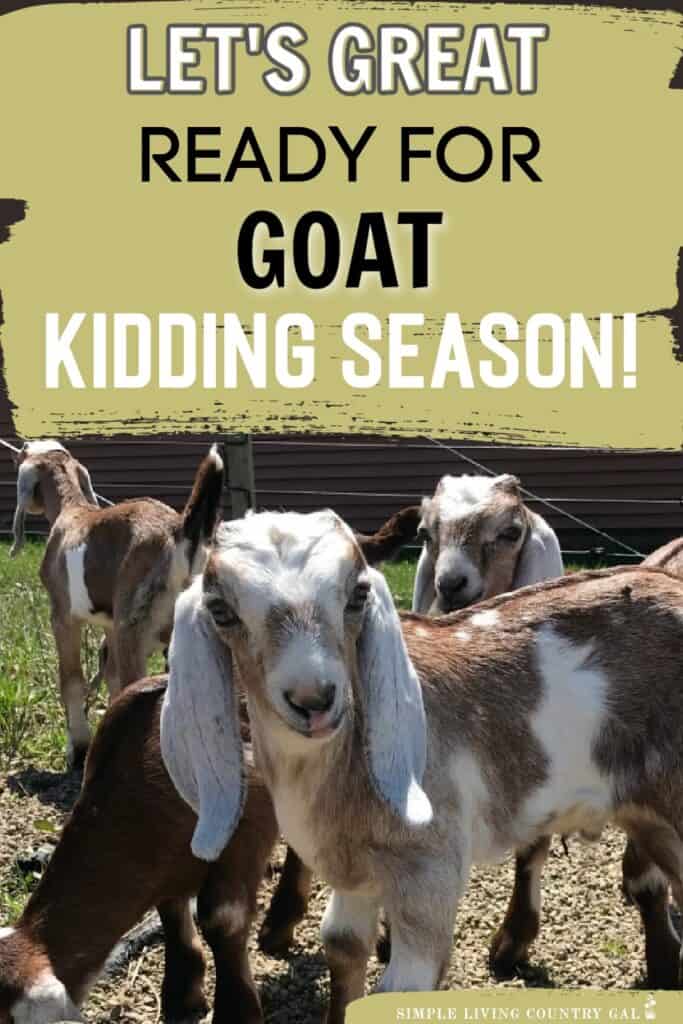
Homesteading can be a fulfilling and satisfying experience, but when it comes to challenges, it comes with its own unique set. One such challenge is taking care of your goats during kidding season.
Preparing for goat kidding can be intimidating for first-time homesteaders, but with the right information, support, and tools, it can be a smooth and enjoyable process. In this article, we will cover everything you need to know to prepare for goat kidding.
How long is a goat’s gestation?
Goats typically have a gestation period of 150 days. However, this can vary depending on the breed and individual animal. It is important to keep track of the doe’s due date so that you can be prepared when kidding season arrives.
Try out our FREE Goat Gestation Calendar
HOW TO PREPARE FOR GOAT KIDDING
Let’s go over the different ways to prepare not only your goat but your barn and you as well.
Physical Preparation:
The first step in preparing for goat kidding is to ensure that your doe is in optimal physical health. This means giving her the right minerals and supplements. Giving your goat selenium, copper, zinc, vitamin E, and B-complex vitamins is recommended, but I suggest reaching out to your local vet to confirm.
Minerals and supplement requirements can vary depending on the location, so getting local advice is important. Even if your vet does not treat livestock such as goats, he or she can still give you advice over the phone.
You can find nutritional support in specialized mineral mixes designed specifically for goats. However, it is important not to over-supplement, as this can lead to issues.
More Goat Supplement Resources:
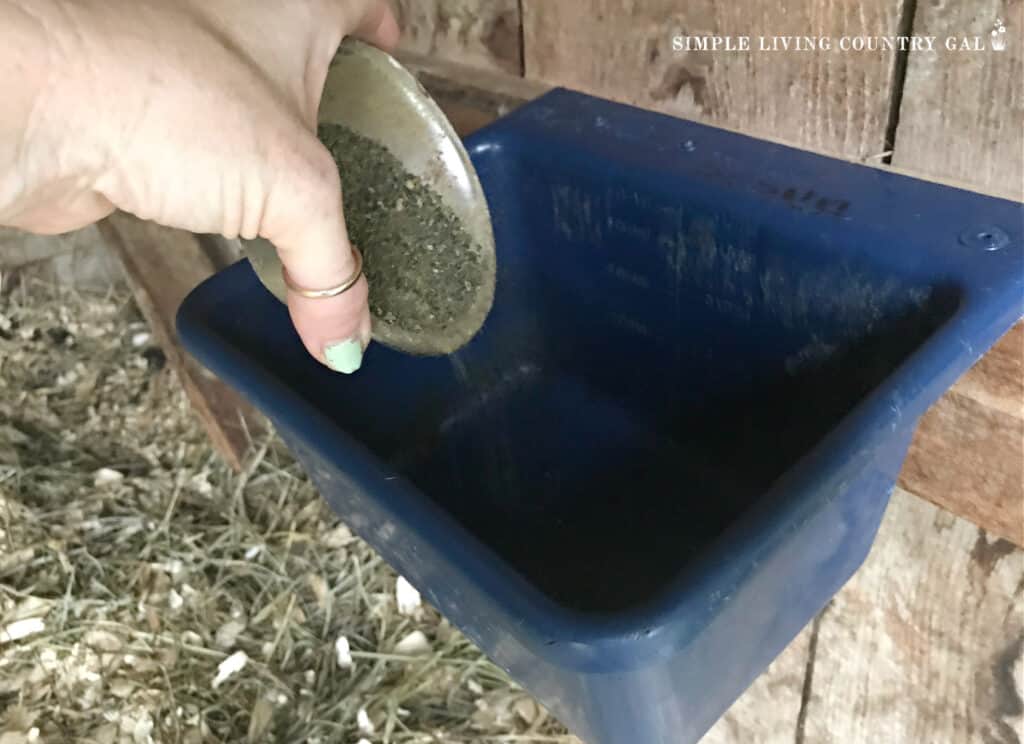
Setting up a Birthing Pen:
It is important to have a designated birthing pen for your doe to ensure a safe and clean environment for the kidding process. The pen should be big enough for the goat to move around but not too big that she can run and hurt herself or the babies. It should be clean and dry, with fresh bedding along with access to hay and water.
If you live in a cold area you can also include a heat lamp to keep the newborn goats warm. However, use caution if you choose to add a lamp being sure to secure it so there is no risk of it falling down onto the dry bedding.
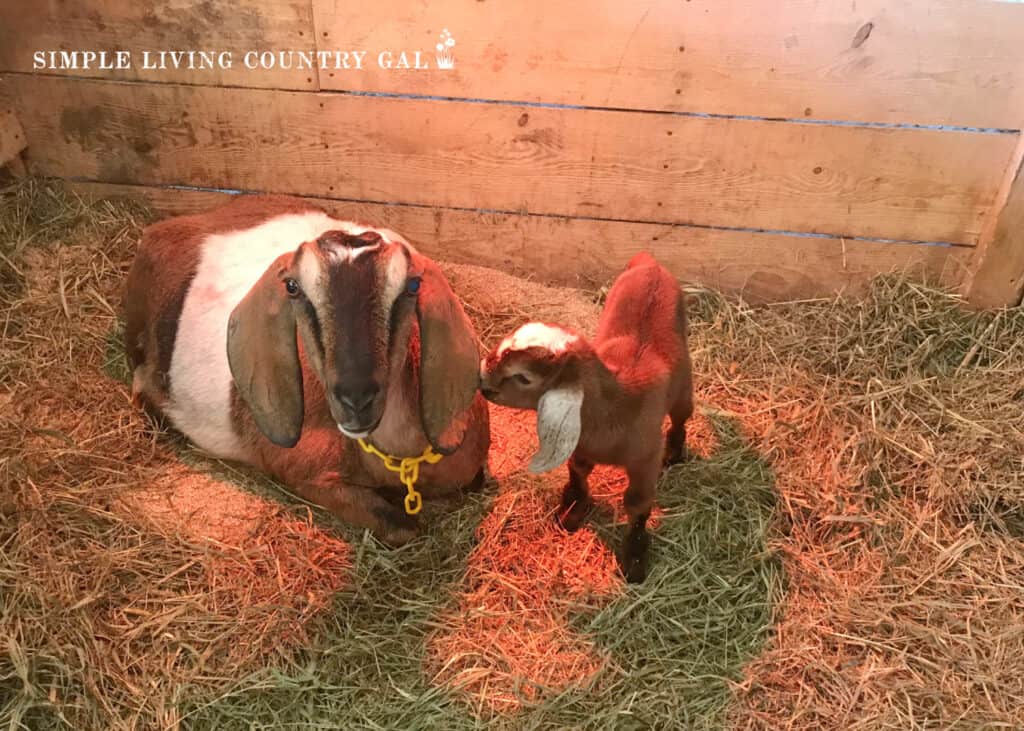
Essential Supplies:
It is important to have the necessary supplies on hand before your goat goes into labor. Some of the essential supplies include:
- A clean towel for drying the newborn
- Scissors for cutting the cord if necessary
- Unwaxed dental floss for tying off the umbilical cord
- Iodine solution for dipping the umbilical stump
- A baby bottle and extra nipples for bottle feeding
- A heat lamp for keeping the newborn warm
- A thermometer for monitoring the goat’s temperature
- Molasses for an energy boost for mom and/or the kids
Read: What to Include in a Birthing Kit for more essentials to have ready.
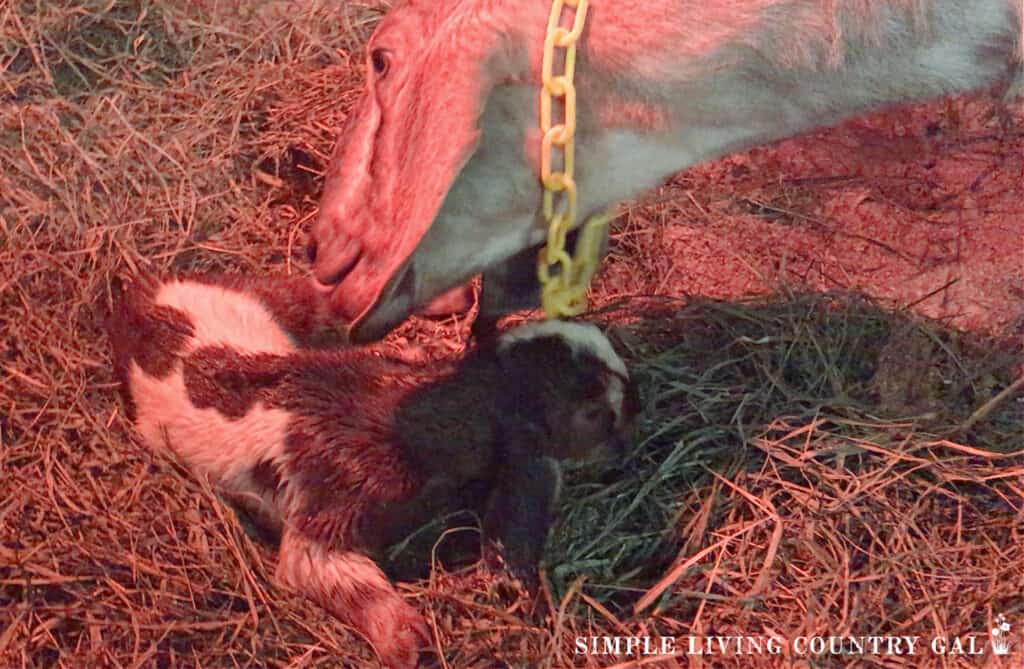
Educate Yourself:
Even with all the physical preparation and supplies, things can still go wrong during kidding. Educating yourself on potential issues and what to do if they arise is important. A great resource is the book “Storey’s Barn Guide to Sheep” which covers everything from basic care to emergency procedures. Yes, it’s about sheep, but the information on kidding is the same for goats.
I highly recommend this book as the positioning images are the best I have seen and have helped me immeasurably during tricky kidding situations. The price is really high for some reason, but you can get the book from the library for free to use whenever you need it.
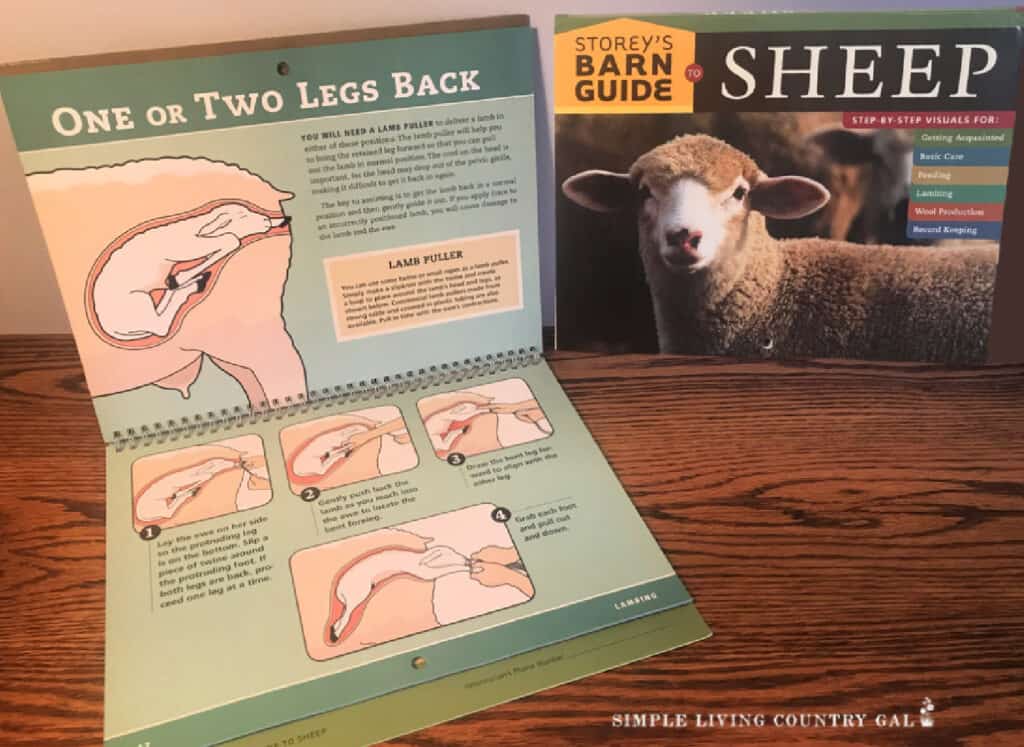
Troubleshooting:
If you notice any issues during the kidding process, such as a stuck baby or a goat in distress, it is important to act quickly. Call your veterinarian immediately, and have a plan in place for emergency transport to a veterinary facility.
Preparing for goat kidding can be daunting for first-time homesteaders, but with the right information and tools, it can be a smooth and successful process. Ensure that your doe is in optimal physical health and have a designated birthing pen with essential supplies.
Educate yourself on potential issues and have a plan in place for emergency situations. With these tips, you will be well prepared for goat kidding season.
More Goat Care Resources:
